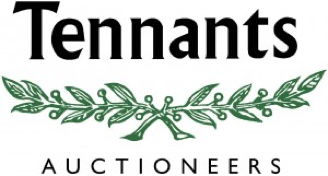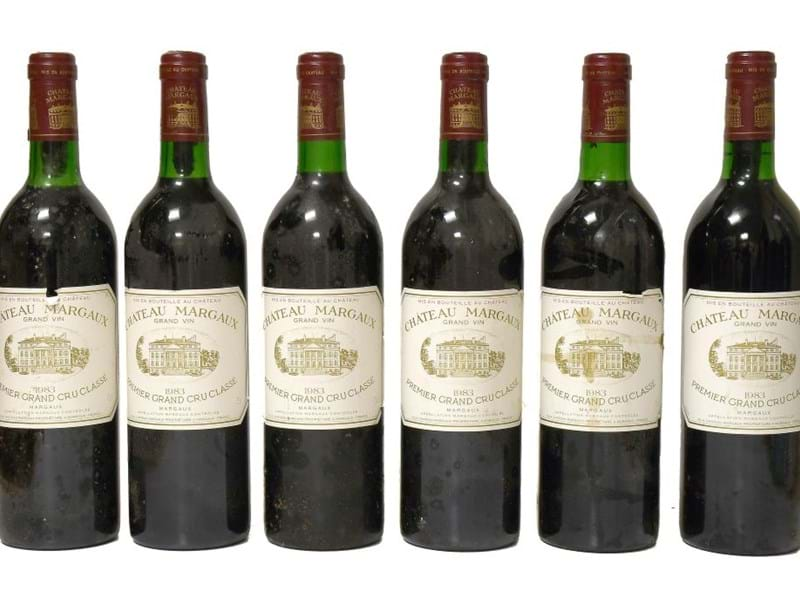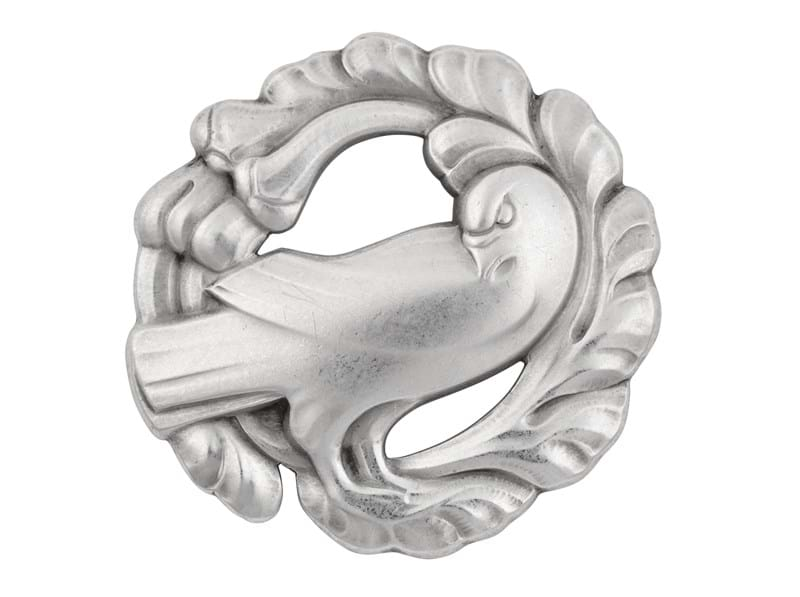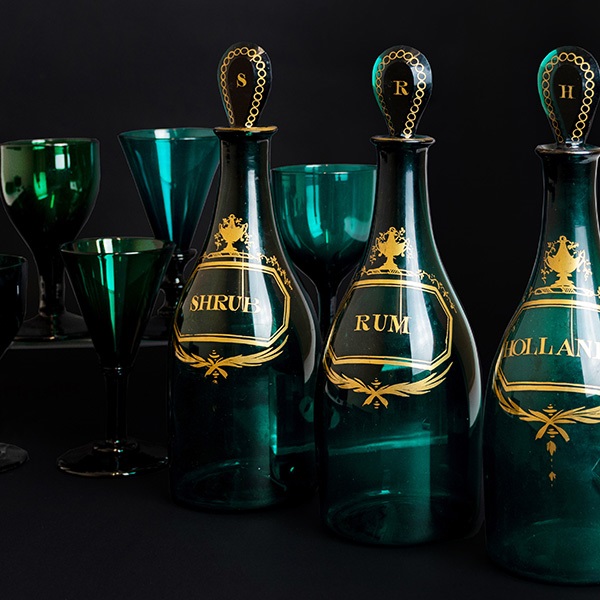“…the miniature, the little picture that could be covered by a kiss or hidden in the palm of the hand…it was a pledge of affection, often a gauge of stolen joys…” – Scribner’s Magazine, 1897
Miniatures are perhaps the most charming, the most beguiling form of portraiture. Intensely personal, given as a love tokens, painted to celebrate a marriage or mourn a death, or a given as a token of favour in Royal circles, they represent very human emotions and stories. Grand oil paintings were public displays of wealth, power or learning, but miniatures were designed for personal appreciation, to be carried close to the heart, to be held, treasured and glimpsed in private.
Long treasured by collectors, portrait miniatures have once more moved into the public eye with the National Portrait Galleries ‘Elizabethan Treasures’ exhibition earlier this year which explored the work of Nicholas Hilliard and Isaac Oliver. Now, Tennants Auctioneers in North Yorkshire are selling a very good private family collection of portrait miniatures dating from the 16th to early 20th centuries from the Estate of Mary, Countess of Gainsborough alongside good examples from other vendors in their Summer Fine Art Sale on 13th July.
Miniatures arose from illustrations in illuminated manuscripts, and indeed the very word ‘miniature’ derives from the Latin miniare meaning to colour with red lead – the practise used for marking capital letters. In the mid-15th century competition from printed books along with an increase in demand for luxury goods saw illuminators switching to producing separate works of art. The first portrait miniatures in a recognisable form began to arise in the English and French courts in the 1520s. Portable watercolour portraits on vellum (calf skin) mounted on card were being painted by early proponents such as Jean Clouet in France and Lucas Horenbout in England.
Until the middle of the 17th century, miniatures were largely the preserve of the Royal Court and aristocratic circles. Often a tool of propaganda - worn as a sign of allegiance or given as a sign of favour, miniatures were elevated into an art form during the reign of Elizabeth I by the likes of Hilliard and Oliver. The demand for miniatures grew and spread to a wider audience, with talented amateurs and professional miniaturists such as Samuel Cooper working side by side. This period in miniature painting is epitomised by Peter Cross, who was appointed Limner-in-Ordinary (Miniature Painter) to the King in 1678. A prolific and successful miniaturist, Cross painted images with a soft-focus effect created with delicate dots and touches of the brush. Cross marked the end of an era in miniature painting; he was one of the last group of artists who worked in watercolour on vellum before a new technique and style came to the fore.
The opening years of the 18th century saw the introduction of ivory as the preferred miniature support. It was first used by the Venetian artist Rosalba Carriera who started her career as a miniaturist. Despite the difficulty of painting on ivory, it was admired for the glowing, translucent effect that could be produced when combined with transparent watercolour. With a growing national wealth fuelling the demand for portraiture, the second half of the 18th century was the Golden Age for miniature painting in Britain. Artists began to be trained specifically in miniature painting and the discipline was displayed alongside oil paintings at the newly formed Royal Academy of Art after it opened in 1768. This was the era of Richard Cosway, John Smart, Richard Crosse and George Engleheart.
The 19th century saw miniatures being commissioned by a wider section of society; often painted to celebrate a milestone in life, they were intimate records of family life. Indeed, the intimate nature of miniatures meant that they show the sitter in everyday, contemporary fashion rather than in the classicised or grand ‘showpiece’ costumes often portrayed in publicly displayed oil paintings. The style of miniature painting also changed subtly at the beginning of the century, with the likes of Andrew Robertson setting a new trend for larger formats, stronger modelling and richer colouring emulating oil. Despite a brief revival on interest with the foundation of the Royal Society of Miniature Painters in 1896, the miniature declined in popularity in the second half of the 19th century. The coming of photography replaced miniatures as an affordable means of capturing a loved one’s likeness, and few young artists took up this painstaking art.
Highlights of the portrait miniatures in the Summer Fine Art Sale on 13th July include:
- Follower of Francois Clouet (1522-1572) ‘Portrait of a Bearded Man in a Black Doublet - Estimate: £3,000-5,000 (Gainsborough Collection)
- Peter Cross (c.1650-1724) ‘Portrait of a Lady Wearing a Blue Dress’ - Estimate: £2,000-4,000 (Gainsborough Collection)
- Christian Richter (1678-1732) ‘Portrait of Mr Lear (?)’ - Estimate: £3,000-5,000 (Gainsborough Collection)
- George Engleheart (1750-1829) ‘Portrait of the Hon. Edward Spencer Cowper’ - Estimate: £3,000-5,000
View Sale



















